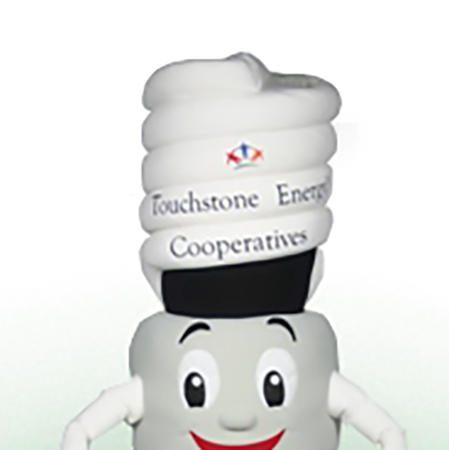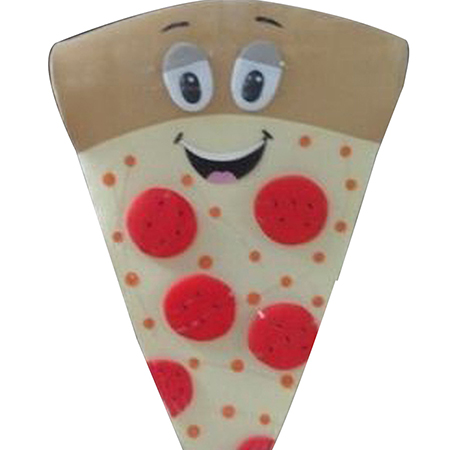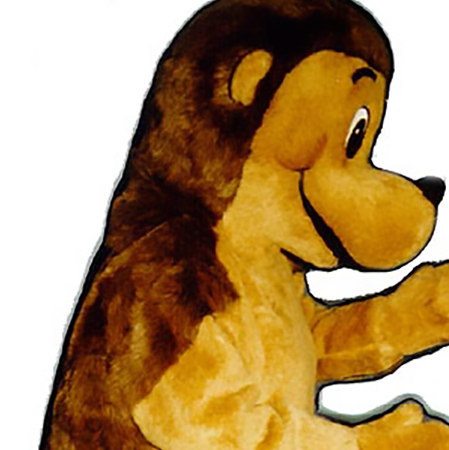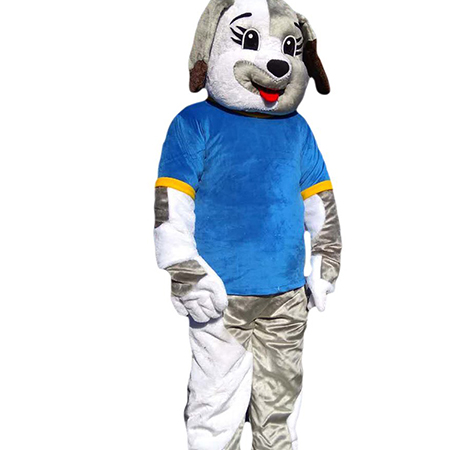Designing mascot costumes that are inclusive and accessible to individuals with disabilities is a crucial step towards fostering a welcoming environment. By considering the unique needs and limitations of people with various disabilities, we can ensure that everyone has the opportunity to participate and enjoy events featuring these fun and energetic characters.
One of the key aspects of creating an inclusive mascot costume is focusing on ease of use. Mascot costumes often include tight-fitting components, heavy materials, and complex mechanisms which can be challenging for people with mobility impairments. To address this, designers should opt for lightweight materials and flexible designs that accommodate wheelchairs or other assistive devices. Utilizing magnetic closures instead of Velcro or zippers can make costumes easier to put on and take off, reducing the level of assistance required.

Visibility and communication are also critical elements to consider. Many mascot costumes cover the face and upper body, which can pose challenges for individuals who rely on lip reading or facial expressions to communicate. Designing costumes with clear panels made of breathable, transparent materials like mesh or vinyl can help maintain visibility while still adhering to the character’s aesthetic. Additionally, incorporating features such as voice modulation technology or easy-to-read name tags can enhance communication capabilities.

Another consideration is sensory sensitivity. Bright colors, loud noises, and certain textures can be overwhelming for individuals with autism or other sensory processing disorders. When designing costumes, it is beneficial to offer options with muted tones, softer fabrics, and minimal sound-emitting components. Offering customizable features allows users to adjust the sensory input based on their comfort levels.
Furthermore, inclusivity in design extends beyond physical adaptations. It involves creating opportunities for emotional and psychological inclusion as well. Ensuring that mascot costumes represent diverse backgrounds and abilities can foster a sense of belonging. This might include designing characters with different skin tones, genders, and even disabilities, allowing individuals to see themselves reflected in the characters they admire.

Involving individuals with disabilities in the design process is essential for creating truly inclusive mascot costumes. Collaborating with organizations that advocate for disability rights or consulting directly with individuals who have disabilities can provide valuable insights into specific needs and preferences. This participatory approach not only results in better designs but also sends a powerful message about valuing diversity and inclusion.
Lastly, training for those who will don and operate the mascot costumes is vital. They need to be educated about the challenges faced by individuals with disabilities and how best to interact with them. This knowledge ensures that the wearers of the mascot costumes can engage effectively and respectfully with fans of all abilities.

In conclusion, creating inclusive mascot costumes requires thoughtful consideration of accessibility, communication, sensory sensitivity, representation, and collaboration. By prioritizing these factors, designers and event organizers can ensure that mascot costumes contribute to an inclusive atmosphere where everyone feels welcome and valued.
